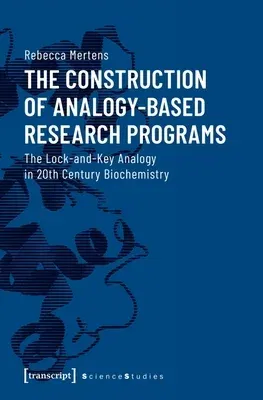Rebecca Mertens
(Author)The Construction of Analogy-Based Research Programs: The Lock-And-Key Analogy in 20th Century BiochemistryPaperback, 17 September 2019

Qty
1
Turbo
Ships in 2 - 3 days
In Stock
Free Delivery
Cash on Delivery
15 Days
Free Returns
Secure Checkout

Part of Series
Science Studies
Print Length
230 pages
Language
English
Publisher
Transcript Publishing
Date Published
17 Sep 2019
ISBN-10
3837644421
ISBN-13
9783837644425
Description
Product Details
Author:
Book Format:
Paperback
Country of Origin:
US
Date Published:
17 September 2019
Dimensions:
22.61 x
14.73 x
1.78 cm
ISBN-10:
3837644421
ISBN-13:
9783837644425
Language:
English
Pages:
230
Publisher:
Series:
Weight:
362.87 gm